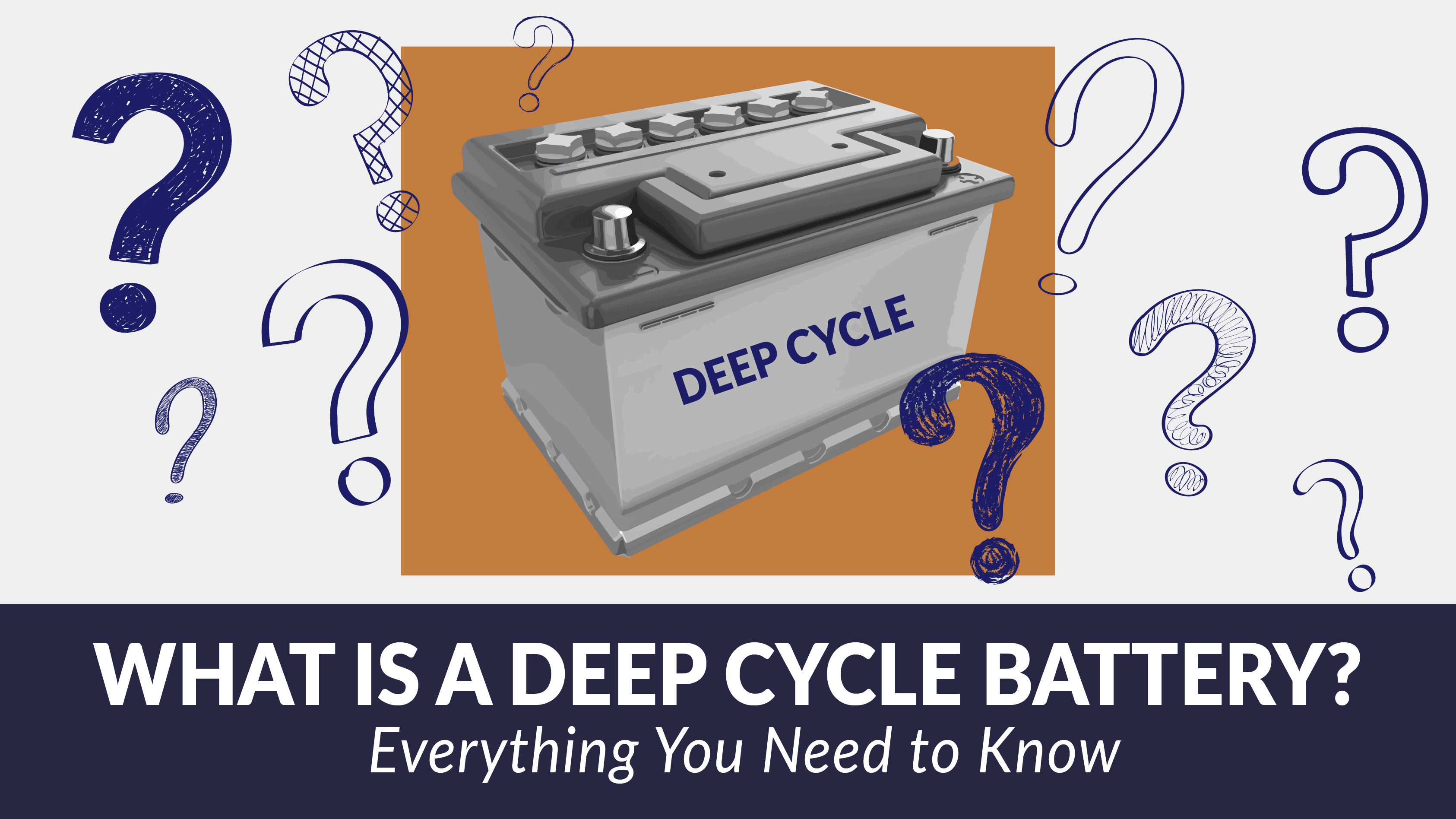
This guide answers the question: What is a deep cycle battery?
In it, you'll learn:
- What are deep cycle batteries
- The different types of deep cycle batteries
- What deep cycle batteries are used for
- How deep cycle batteries work
- And lots more!
Let's dive in!
Table of Contents
- What Is a Deep Cycle Battery?
- What Is the Difference Between a Starting Battery and a Deep Cycle Battery?
- What Voltage Is a Deep Cycle Battery?
- How to Tell If a Battery Is Deep Cycle
- What Are the Different Types of Deep Cycle Batteries?
- What Is a Deep Cycle Battery Used For?
- What Do the Different Deep Cycle Battery Specifications Mean?
- Deep Cycle Battery Prices: A Summary
- What Is a Deep Cycle Battery Charger?
Deep cycle battery definition: A deep cycle battery is designed to provide sustained power output over long periods.
Deep cycle batteries are ideal for applications that require more than a quick start, such as:
Golf carts
Recreational vehicle (RV) accessories
Motorboat trolling motors
Wheelchairs
This is compared to starter batteries, which provide a higher current in shorter bursts to start an engine.
Are Car Batteries Deep Cycle?
No, car batteries are starter batteries.
Starter batteries need the initial high current to start the engine.
Once the engine starts, the alternator takes over the power needs of the car.
That said, starter and deep cycle are similar in that both are lead-acid batteries.
And so they use the same chemistry to generate electricity.
So, How Do Lead-Acid Batteries Work?
The components of lead-acid (deep cycle and starter) batteries include:
- Lead plates (negative electrode and lead oxide positive electrode)
- Electrolyte solution (water and sulfuric acid)
In a nutshell, lead-acid deep cycle batteries generate electricity when lead sulfate ions move from the negative to the positive lead plates.
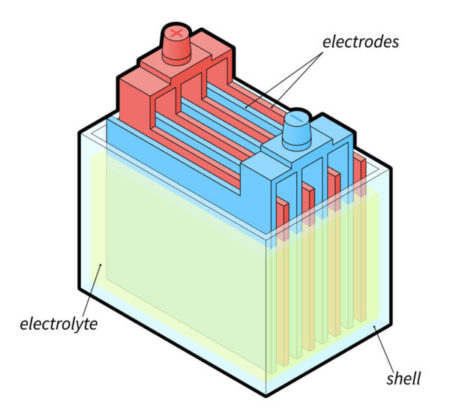
To learn more about this process, check out our Gel Battery vs. Lead Acid post.
We’ve established that, at a basic level, starter and deep cycle batteries work the same.
But key differences remain.
Let’s go through these differences.
Plate Thickness
Deep cycle batteries have thicker plates.
And this helps them deeply discharge repeatedly to provide extended power.
Why?
Each discharge depletes some of the material on the electrodes.
So having thicker plates allows for more cycles, as the process can repeat over and over again.
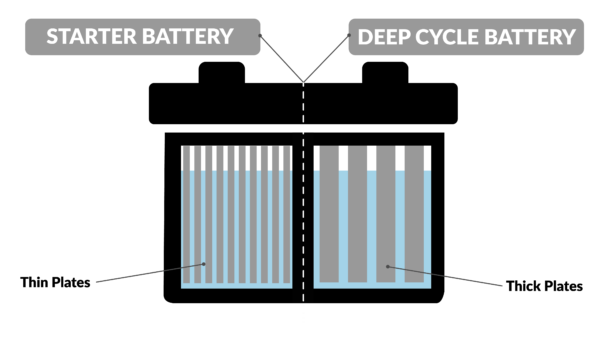
Starter batteries, on the other hand, need a large amount of current to start the engine.
So, they have thin plates instead.
This helps to increase the surface area of the chemical reaction that generates electricity.
Depth of Discharge
Another difference is in how much each battery can discharge.
A deep cycle battery can discharge between 45% and 100% before requiring a recharge.
But most manufacturers recommend that the battery only discharge around 50% to extend the battery life.
Discharging more than 50% will reduce the battery's cycles.
And this reduces the battery's lifespan.
By comparison, starter batteries discharge only a tiny percentage - usually 2% to 5% - each time they are used.
Most deep cycle batteries for consumer use are 6 or 12 volts.
But there are also some 24-volt deep cycle batteries available.
These batteries with low voltages are used in light items like wheelchairs, RVs, or golf carts.
For industrial applications like forklifts, common deep cycle batteries voltages are:
24 volt
36 volt
48 volt
80 volt
It's usually not easy to tell what type of battery is a deep cycle.
Generally, it's up to the manufacturer to accurately display the type of battery they're selling.
Check the Label
The most obvious way to check if a battery is deep cycle is by checking its label.
This method isn’t foolproof, however.
Why?
Because manufacturers sometimes mislabel starter batteries as deep cycle batteries.
Recall that deep cycle batteries have thicker plates than starter batteries.
And thicker plates means more lead and a higher price.
So manufacturers can make more money by selling “deep cycle batteries” - even if they really aren’t.
A way to check if the battery is mislabeled is by looking for the words "starting" or "cranking" in the description or label.
You can also look to see if the information tag has cold-cranking amps listed.
If either of these is the case, you likely have a starter battery - not a deep cycle.
But this isn’t totally foolproof either, since the battery could be dual-purpose (we’ll cover dual-purpose batteries later).
At the end of the day, it’s best to stick with a reputable battery brand to avoid buying a mislabeled battery.
Overall, these are the types of deep cycle batteries:
- Flooded batteries
- Sealed batteries
- Lithium-ion batteries
- Dual-purpose batteries
Let’s discuss each in detail.
Flooded Batteries
Usually, when people think of lead-acid batteries, they’re thinking of flooded deep cycle batteries.
This is because they're the most common and widely used.
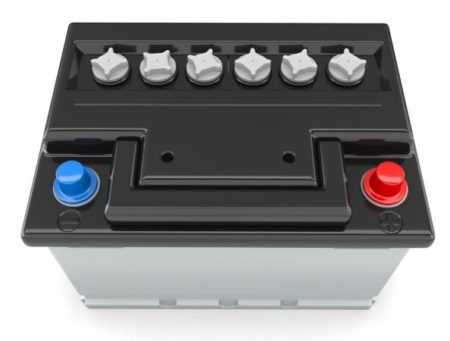
Flooded batteries are composed of:
- Negative electrodes made of spongy/porous lead plates
- Positive electrodes made of lead oxide plates
- Liquid electrolyte consisting of sulfuric acid and water
As noted above, these components use an electrochemical reaction process to generate electricity.
Pros of Flooded Batteries
Relatively cheaper
Widely available
Available in a wide variety of sizes and volts
Cons of Flooded Batteries
Requires battery watering and regular maintenance
Releases hazardous hydrogen during charging, requiring ventilation
Easily damaged if left to over-charge
Susceptible to a high self-discharge rate
Requires careful handling, using appropriate personal protective equipment (PPE)
How Long Will a Flooded Battery Last?
Typically, flooded lead-acid deep cycle battery lifespans are 1,000 to 1500 charging cycles.
That equates to about 3 to 5 years of service.
Sealed (Gel and AGM) Batteries
Sealed lead-acid (SLA) or valve-regulated lead-acid (VRLA) batteries are completely enclosed and fitted with a safety pressure relief valve.
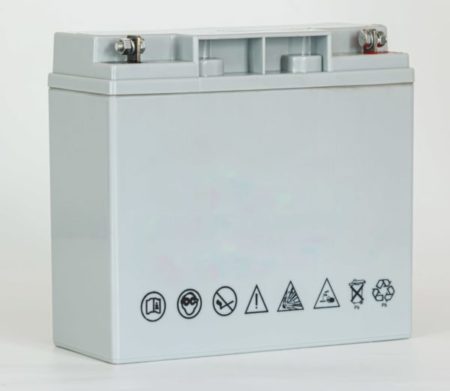
Sealed batteries come in two varieties:
- Gel batteries
- Absorbed glass mat (AGM) batteries
Gel batteries are filled with an immobile, highly viscous electrolyte made from silica and sulfuric acid.
Conversely, the electrolyte in AGM deep cycle batteries features microfibre glass mats.
As a result, both the gel and the glass mat materials bind the electrolyte to the active material.
This means the batteries are practically spill- and leak-proof.
Also, they’re more resistant to vibration and impacts than flooded batteries.
Moreover, because each battery is completely sealed, they do not lose water - unlike flooded lead-acid batteries.
This is why gel and AGM batteries are considered maintenance-free deep cycle batteries.
Pros of Sealed Batteries
Spill- and leak-proof
Resist sulfation
No watering needed (little maintenance)
No gassing of hazardous hydrogen
Can be mounted in any position/orientation
Low self-discharge rate
Offer more resistance to extreme temperatures
Cons of Sealed Batteries
More expensive than flooded batteries
Sensitive to overcharging
How Long Will a Sealed Battery Last?
Sealed lead-acid batteries last up to 6 years (or up to 2,000 charging cycles).
AGM batteries can last longer, even up to 8 years, if used and charged correctly.
Lithium-Ion Batteries
Lithium-ion deep cycle batteries are a relative newcomer to the market.
The components of a deep cycle lithium battery are the:
- Lithium electrolyte
- Separator
- Cathode (positive)
- Anode (negative)
- Two current collectors
Electricity is generated when lithium ions move from the negative to the positive electrode during discharge and back when charging.
All lithium-ion batteries are deep cycle in nature.
But their key advantage over other types of batteries is that they are designed to be deeply discharged repeatedly.
And they can provide a steady amount of current over a long period.
Pros of Lithium-Ion Batteries
Long life expectancy if used correctly
Higher, more consistent discharge rate (8 hours)
No watering and minor maintenance requirements
Charges quickly (1 hour)
No cool-down period is needed
Lightweight (compared to the other types of batteries)
Cons of Lithium-Ion Batteries
Most expensive
How Long Will a Lithium-Ion Battery Last?
Smaller lithium-ion batteries (like in cell phones) will last for 300 to 500 cycles (or 2 to 3 years).
Larger lithium-ion batteries (like in forklifts) can last up to 3,000 cycles.
That equates to about 7 to 10 years.
Dual-Purpose Batteries
Dual-purpose batteries are hybrid batteries.
That means they are part deep cycle and part starter.
Thus, they can handle both motor starting and extended power output.
What Is a Deep Cycle Marine Battery?
Dual-purpose batteries are primarily used in marine equipment like boats.
This is why they're mostly called dual-purpose marine batteries.
They have thick plates that tolerate deeper discharge rates and can be used for longer periods.
Pros of Dual-Purpose Batteries
Versatile as they can be used for both starting and cycling
Saves space by eliminating the need for a starter battery AND a deep cycle battery
Cons of Dual-Purpose Batteries
Expensive
Not easily available
Don’t perform as well as either a standard starter battery a deep cycle battery would on its own
How Long Will a Dual-Purpose Battery Last?
Dual-purpose marine batteries last for about 2 to 3 years.
Some of the common uses of deep cycle batteries are:
Powering auxiliary recreational vehicle (RVs) equipment like lights
Electric vehicles
Boat trolling motors (and other marine applications)
Electric wheelchairs
Large solar power systems (off-grid renewable energy)
Electric golf carts
Material handling (including electric forklifts, scissor lifts, and boom lifts)
Industrial floor cleaning equipment
Deep cycle batteries have several important specifications that tell you how the battery will function.
These are:
Cycle Life
Cycle life refers to the number of complete charges (and discharges) a rechargeable battery can undergo before it’s spent.
Each round of full discharge and then a full recharge is considered a single cycle.
And all rechargeable batteries have a limited number of cycles.
Depending on the battery type, a deep cycle battery's cycle life can range from 500 to 3,000 cycles.
Depth of Discharge
Depth of discharge (DoD) is how much electricity a battery can discharge compared to its total capacity when charged 100%.
In general, batteries should not be discharged completely.
So instead, most battery manufacturers specify the battery's maximum recommended DoD to extend its lifespan.
Amp Hours
Abbreviated as “Ah” on the battery tag, a battery's amp hours is the amount of current it can produce in one hour.
What Is the Typical Amp Hour of a Deep Cycle Battery?
Common consumer deep cycle battery amp hours range from 20 to 200.
For industrial deep cycle batteries, amp hours can range from 600 to 1,400 or more.
Reserve Capacity
What is “reserve capacity” on a deep cycle battery?
Reserve capacity, also called reserve minutes, is the time it takes for a fully charged deep cycle battery to discharge at 25 amps before it’s completely discharged.
For instance, for a 12-volt deep cycle battery, it implies when the battery voltage will have fallen to 10.5 volts.
The higher the battery's reserve capacity (RC) rating, the longer it will perform before requiring a recharge.
There is no universal price for deep cycle batteries.
The prices depend on several factors, including the:
- Manufacturer
- Type of battery
- Size
- Volt
- Amp hours
That said, here are some common consumer deep cycle battery prices:
AGM batteries can range from $80 to $1,000
Gel batteries price can range from $100 to $500
Flooded lead-acid batteries usually cost three times less than sealed batteries
Lithium-ion batteries can be twice as expensive as lead-acid batteries or more
Here are some specific examples of deep cycle battery prices (Source: Amazon):
Interstate Batteries 12V 35Ah Deep Cycle Battery SLA AGM: $359
ExpertPower 12V 100Ah Lithium LiFePO4 Deep Cycle Rechargeable Battery: $689
12V 100Ah Lithium LiFePO4 Deep Cycle Rechargeable Battery: $769
Crown CR-220 Group GC2 6V 220 AH Battery X4: $921
In contrast, forklift batteries cost much more because of their vastly superior capabilities.
In general, lead-acid forklift batteries can cost between $2,000 and $9,000 or more.
You can find their prices in our Ultimate Forklift Battery Guide.
To charge a deep cycle battery, you must choose the right charger depending on the type of battery (flooded, AGM, or gel).
Flooded batteries use regular chargers, which charge faster at a high amp rate.
But you cannot use these chargers for an AGM or gel deep charge battery (unless it’s marked as being compatible with them).
This is for two reasons:
- The high amps can damage these batteries
- These batteries are susceptible to voltage spikes
So, to charge gel or AGM batteries, you need a specialized smart charger.
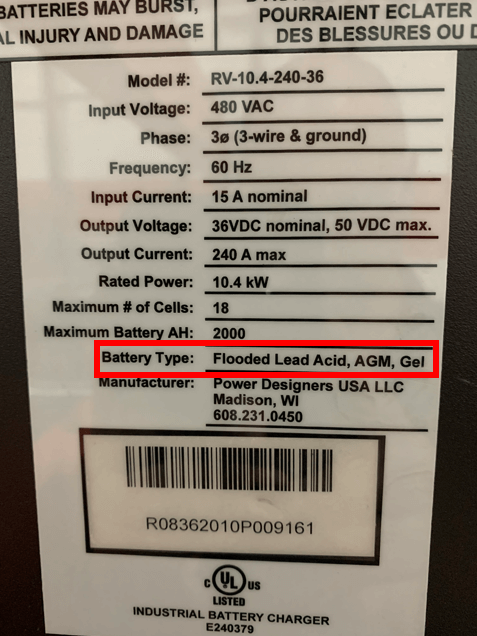
These usually put out about 10% of the maximum amps of the battery.
Thus, if you have a 100 amp-hour battery, the charger should deliver up to 10 amps.
Also, these specialized chargers are designed with specific settings that prevent voltage spikes.
Overall, gel/AGM-specific chargers regulate the battery's charging rate to ensure that your battery can reach 100% without overheating and overcharging.
Gel/AGM battery chargers use three distinct stages to charge the battery:
-
The bulk charge stage: Charges the battery up to 80% and uses low amp to avoid battery overheating
-
Absorption charge stage: The charger reduces the current and charges the battery up to 100% with low current
-
Float charge stage: At 100%, the charger monitors the battery and tops it up when necessary
This is why gel/AGM batteries require slow, constant voltage charging cycles.
Conclusion
That's it: Everything there is to know about deep cycle batteries.
Now, we'd like to hear from you.
What have you learned about deep cycle batteries from this post?
Do you have any questions?
Let us know in the comments section below!
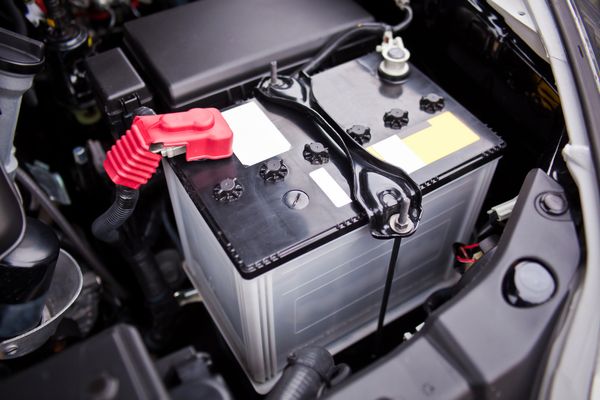
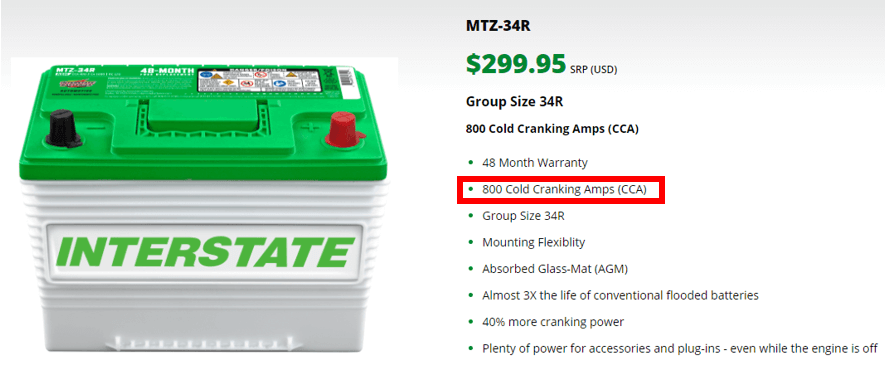
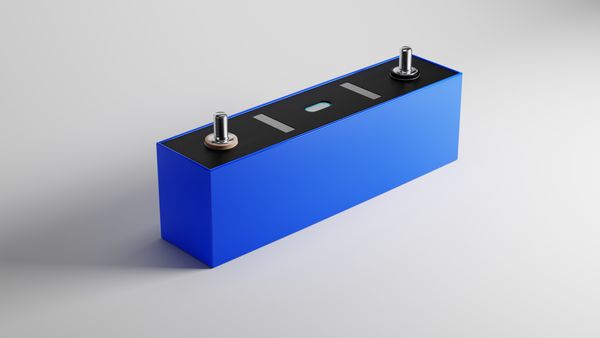

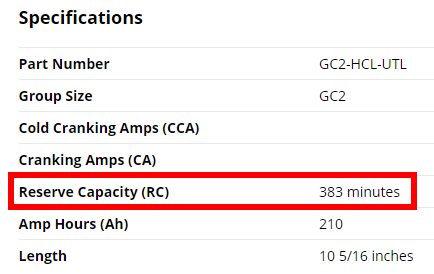
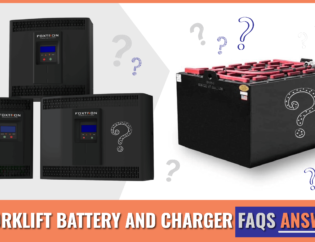
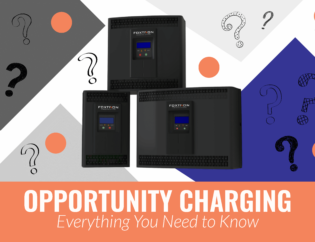
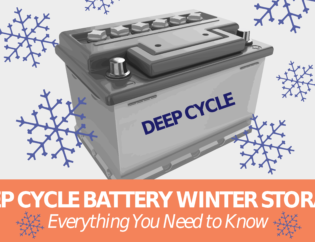
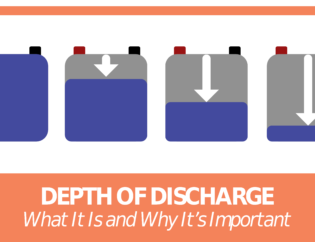
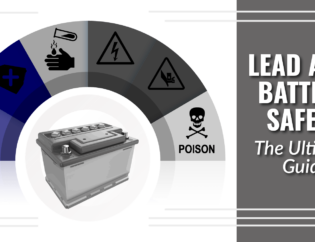
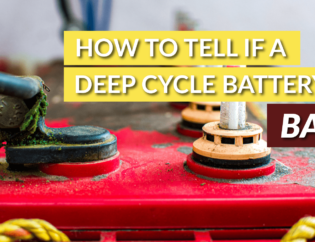
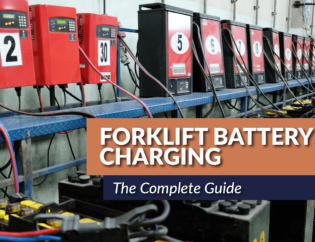
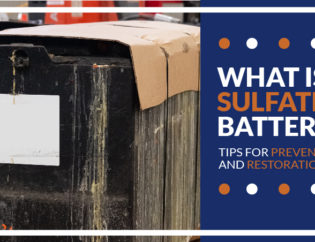
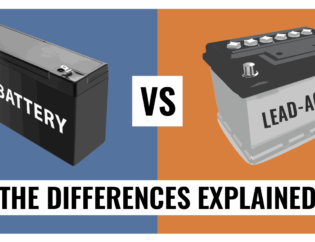
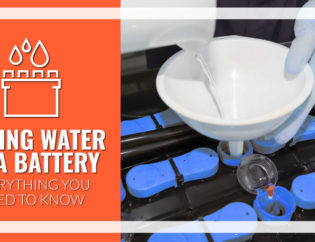
Very interesting article. I have a question though. I have come upon some low voltage 2v 70 pound batteries enclosed in a metal carrying case. It is an industrial battery with 2600 amp hours with a 20 year battery life. Currently the battery still tests at 1.4v. My question is can I wire this battery in sequence with a battery with a much higher voltage on an electric scooter? The batteries on the scooter are lithium ion 36v 100amp hours. Are those 2 batteries capable of running on the 36v battery and running the 2v In sequence to regenerate the 36v battery so that I can travel a much further distance?
Hi Joshua,
Thanks for reach out! Unfortunately, I don’t think it’ll be possible to power your scooter with those batteries. Perhaps the biggest issue is the battery weight you’d have to add. Beyond that, the voltage/amperage mismatch and chances of short circuiting make this something not recommended. Instead, you’re better off finding another 36 volt lithium-ion battery.
I have ever start deep cycle marine batteries my solar controller asks what type battery I’m using I have no idea could you tell me
Hi Everett,
You may need to specify that your battery is “lead-acid” (as opposed to lithium-ion). Or that it’s “flooded” or “sealed”. If your battery is labelled as “maintenance-free” and doesn’t have fill caps on top, it’s likely sealed. I hope that helps — thanks for reaching out!
Comments are closed.